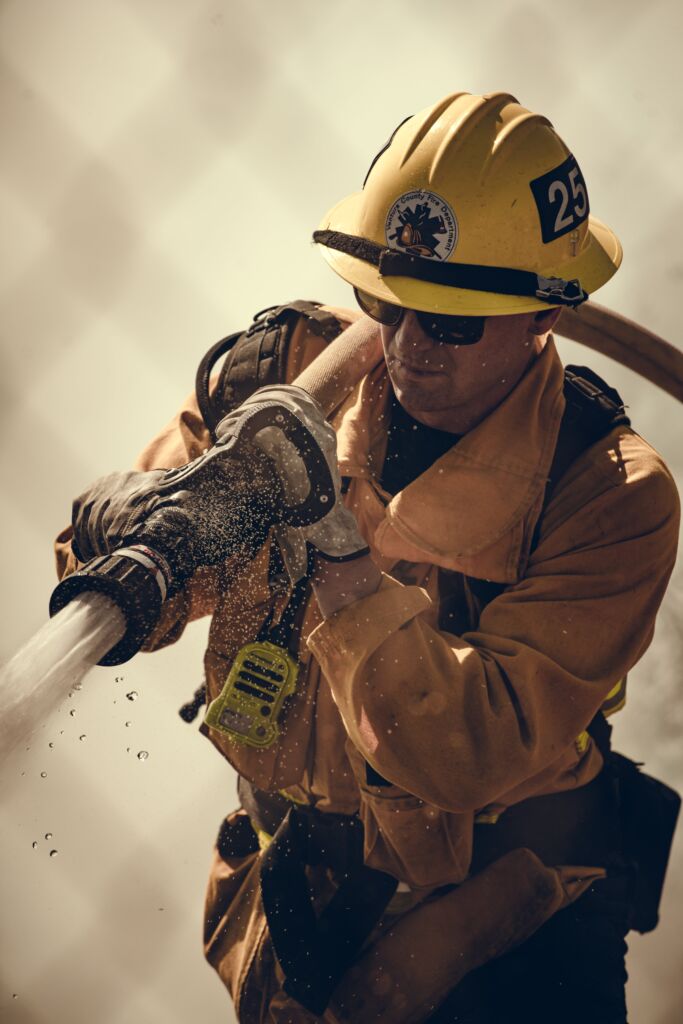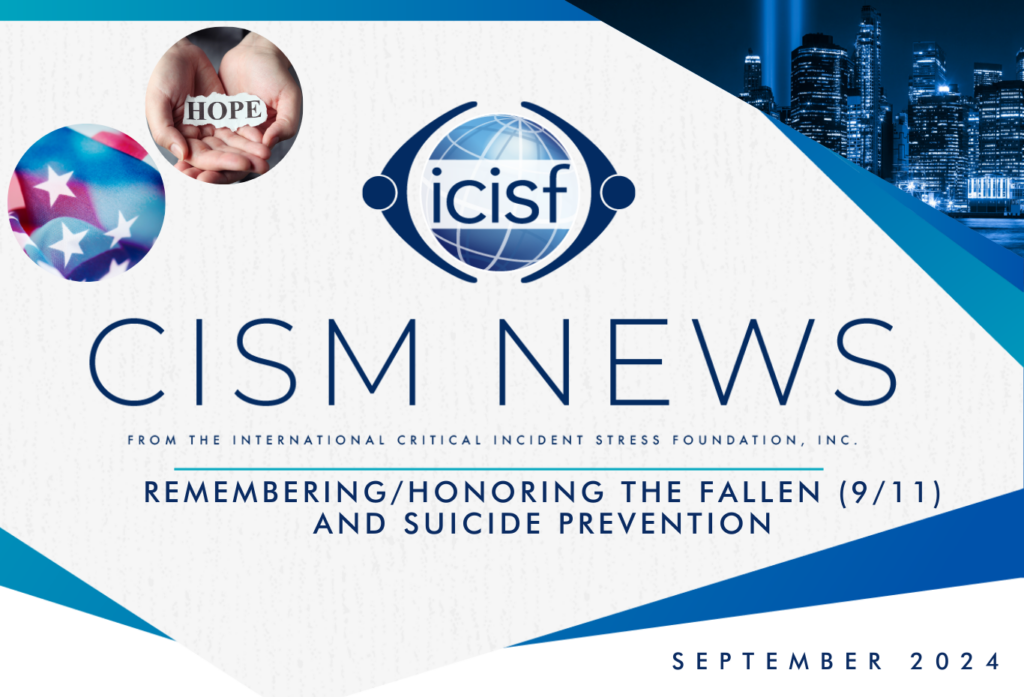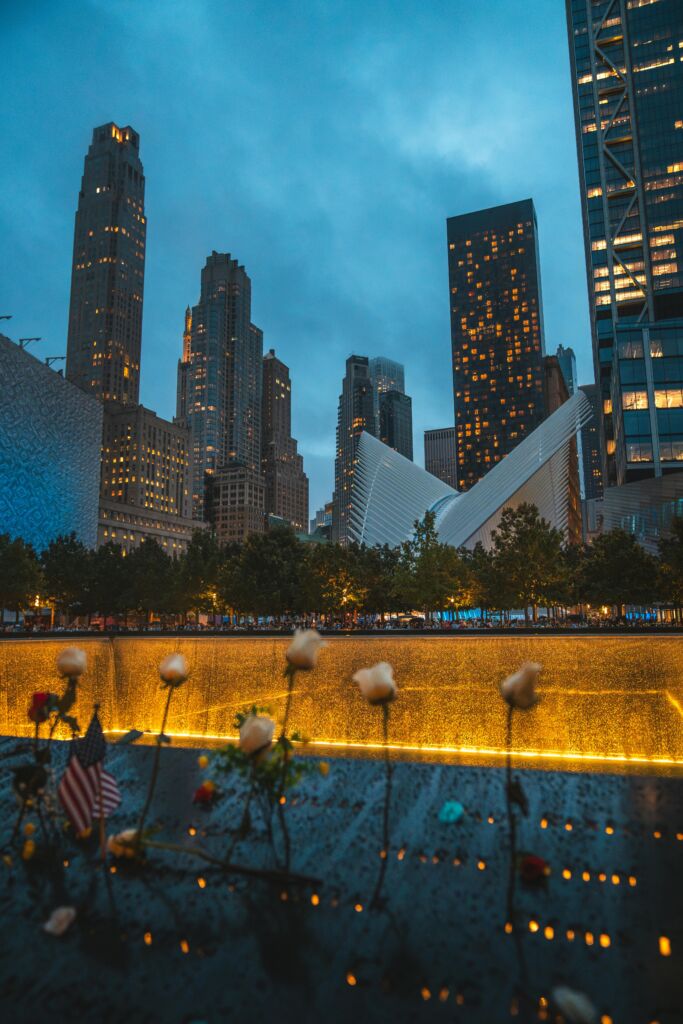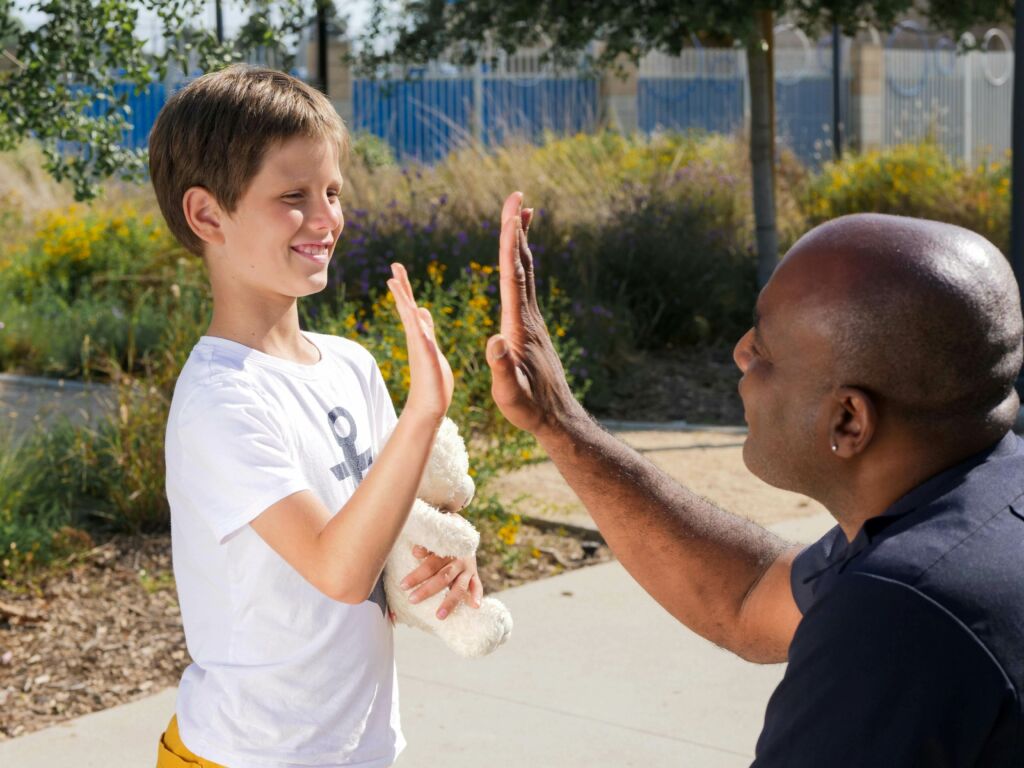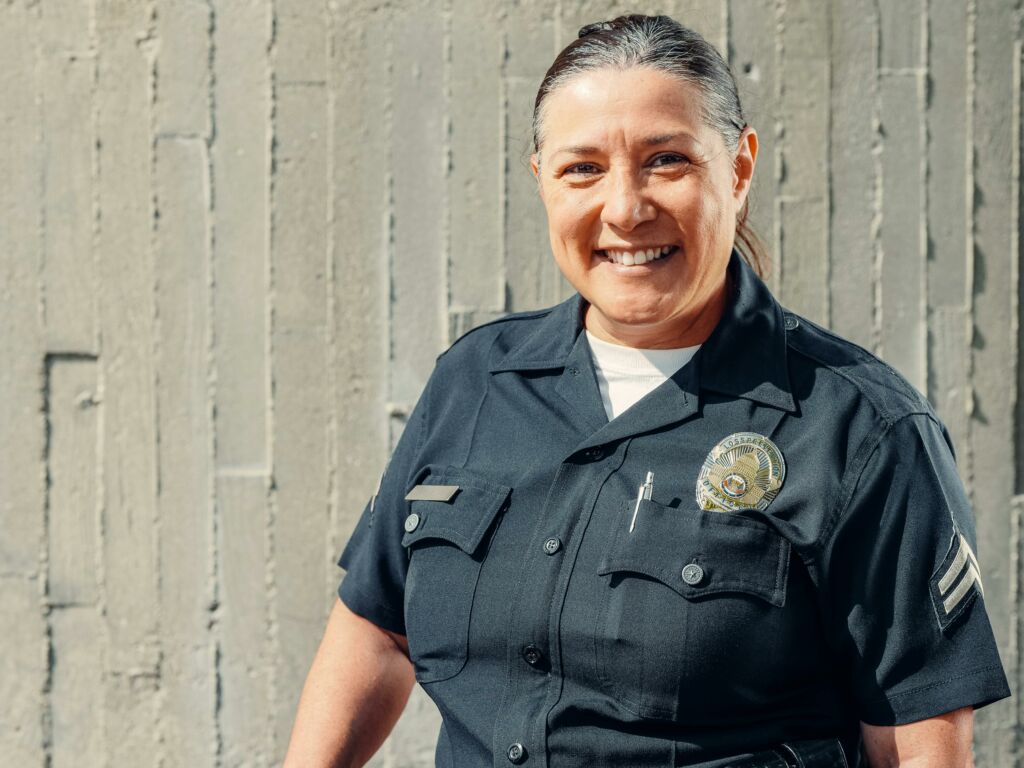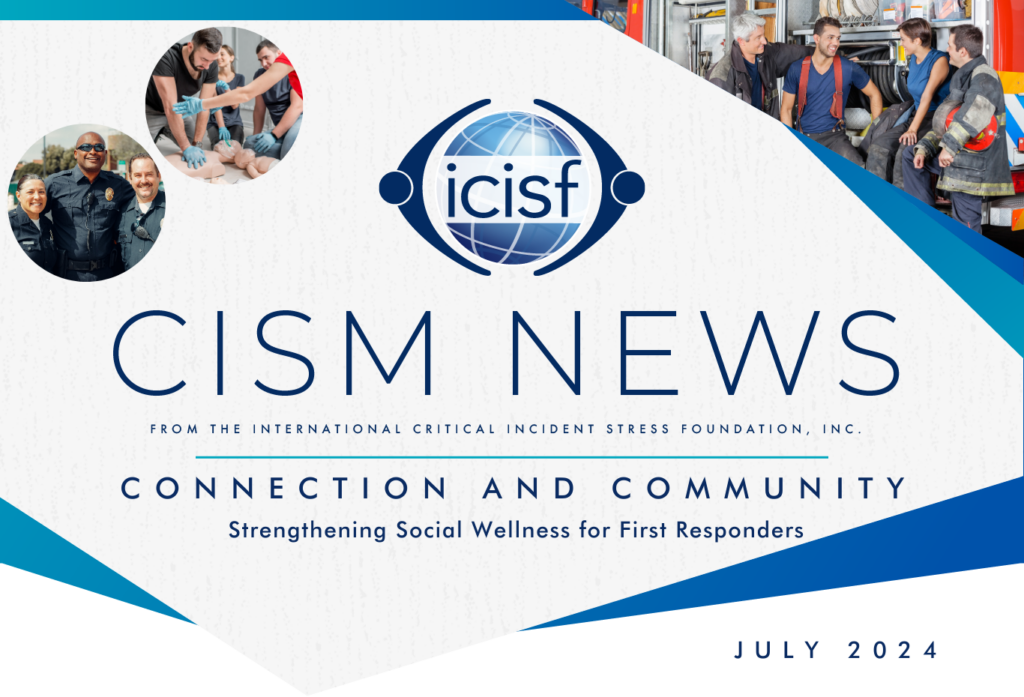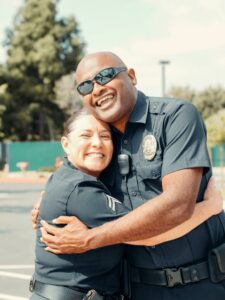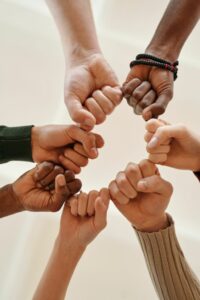9/11 Reflections; The Ten “Commandments” of Winning the War Against Terrorism & Psychological Counterterrorism & Resilience
By: Cherie Castellano, MA, CSW, AAETS, LPC
A paper entitled “The Ten Commandments of Responding to Terrorism” was published in the International Journal of Emergency Mental Health in 2001. Since the publication of that paper, all of my experience in peer support, crisis intervention and disaster mental health services for first responders has been informed by the impact of the events of 9/11/2001 on my life and more importantly on the supporting the lives of heroic rescuers who responded on that day.
Despite the substantial time and emotional distance twenty-three years later, I remain in awe of the relevance of the “lessons learned” which are applicable to terrorism/man-made disasters, natural disasters and even relevant to war time disasters.
Recently I was selected by the Tragedy Assistance Program for Survivors to respond to Ukraine as part of a delegation of experts to create and deliver trauma informed resilience training to The National Police of Ukraine in Kyiv Ukraine for fifty leaders within their ranks.
To create the training, I explored the experience of The National Police of Ukraine which is best described as a law enforcement agency that has gone from crime fighters to war heroes with unimaginable trauma exposure. In addition, some of those we trained had been held as prisoners of war with exposure to horrific challenges.
During the events of 9/11/2001 I recall moments of awe watching the first responders at Ground Zero for months and their unity and resilience. Similarly, I found that same awe interacting with the National Police of Ukraine in providing the training a few weeks ago, decades later. There was a familiarity in the trauma, depth of spirit, strength and most profoundly their unity.
My decades of experience led me to create my VolunPEER Ukraine Police Training curriculum entitled “Connection for Protection” utilizing evidenced peer support, crisis intervention and resilience concepts.
When asked to share some reflections on 9/11 this year I decided to revisit and augment the “Ten commandments” of responding to terrorism first published in 2001 to provide insight gained over the last twenty-three years on “First Responder Psychological Resilience.”
THE 2024 TEN “COMMANDMENTS” OF FIRST RESPONDER
PSYCHOLOGICAL RESILIENCE
1.) “Know thyself”
Never lose sight of the fact that the terrorist act is designed to engender psychological instability, especially demoralization. A terrorist act can induce a state of psychological uncertainty, personal vulnerability, frustration, and even demoralization for both civilians as well as those professionals attempting to counter terror itself.
The mental health of those fighting terrorism/manmade disasters is a crucial resource in your fight.
Similar to your threat assessments as law enforcement professionals, we suggest you assess your own psychological resilience and vulnerability as you serve as a law enforcement professional in challenging times. Specialized training in stress management and resiliency may serve as a psychological “body armor”.
In a natural disaster your awareness of your basic needs and the needs of our family require assessment.
In war times, the constant attacks, danger, and instability around you may demand a self awareness in your mission, faith and service to your country to guide you.
2.) “Know thy enemy as you know thyself” (Sun Tzu)
While it is essential to know oneself… strengths, weaknesses, normal reactions, more severe reactions… it is also essential to know the enemy.
Misdirected anger may be an expression of your anxiety or depression and the target of your frustrations may not always be the appropriate source of stress or adversity in your life. Who and what are you combatting as you serve others?
In natural disasters the enemy is the lack of control over the impact of the events for basic needs.
In terrorism the fear itself may be the enemy more than an actual attack.
In wartimes the enemy begins as a clear force, however the political environment and human element of war may present confusion or a lack of clarity of who and what you are fighting for.
3.) “And he shall lead them”
“Crisis leadership” skills are a unique form of leadership seldom taught in traditional leadership classes. They are essential in building a comprehensive psychological counter terrorism arsenal. Crisis leadership aims to foster productivity while encouraging recognition of emotional and psychological implications of terrorist events. The goal is to maximize productivity of the workforce within units or agencies.
In natural disasters, a leader must fully embrace command staff skills and use mutual aid effectively to serve first responders.
In war times, leaders resolve, courage, tactical skill and faith will create a unit integrity that inspires success despite the circumstance.
Grief leadership skills, suicide prevention and awareness, substance abuse issues, as well as practical applications pertaining to policy and logistics should be reviewed. Skills in crisis communications are an important aspect of all crisis leadership.
4.) “It was then that I carried you”
Establish psychological support using psychological resources, crisis intervention hotlines, outreach personnel, and crisis centers as needed. Given that the target of the terrorist is the mind, and that terrorism is psychological warfare, any resource directed to support psychological health may not only be seen as fostering health but may be seen as fostering national defense.
In natural disasters we have seen first responders neglect their own basics and shelter so accept help and any aid for your needs or those of your families rather than inadvertently rescuing everyone else first.
In war time the logistics can be a challenge based on the manpower and the duration of the conflict.
Don’t forget to enlist spiritual and faith-based resources to both enhance your personal commitment to your service but also to counterbalance the depravity and human suffering you are exposed to avoid cynicism and foster hope.
5.) “Honor thy family”
For civilians, family is the first line of aide and support. For first responders, family is not only a source of support, but they may inadvertently become a target for expressed frustrations. The increased tours of duty, danger, chaos, and uncertainty in one’s own life can get transferred to family members depleting their ability to provide support as well as making them victims.
Family discord, family violence, and divorce may increase as stress increases.
Your recognition that you have two families, your spouse and children along with your “first responder” family and a balance between the two is seminal to your success.
In manmade or natural disasters as well as war, your family is serving with you wherever they are. Sacrifice, services and support are the goals of first responder families, and you must acknowledge their service with gratitude and love.
6.) “Be your brother’s keeper”
In addition to tactical “back-up” there is a need for emotional back up amongst first responders everyday. Whether it is accessing the clergy, EAP, psychological support or peer support to vent or relate confidentially you must use some connection!
Peer Support happens organically in the first responder culture as someone who has “been in your shoes,” or “battle buddy” concept is often the most crucial factor to survival.
In man-made, natural disaster or times of war, suicide is a risk factor for first responders, so we ask that you participate in some form of mental health first aid or intervention by learning the QPR technique to Question, Persuade, and Refer a brother or sister first responder in need. Military may encourage the A.I.D. L.I.F.E technique but the common denominator is rescue each other first.
7.)”Foster the familiar”
Re-gain your life as quickly as possible post event. Re-establish normal communication, transportation, economic, educational and work schedules as soon as possible. There is safety in the familiar. The greater the disruption to normal routines, the greater the perceived adversity, the greater the desire to capitulate, the greater the success of the attack.
With six months of recovery at Ground Zero following 9/11/2001, rescuers were encouraged to take a break for a memorial baseball game or to go home to see their families.
In natural disaster, replenishing and recovery of their bodies, minds, families, and shelter offered a much needed “break.”
In war times, Ukraine offers a clear example of this with a frontline wartime van that records and provides music and inspiration to those fighting to keep them inspired.
8.) “Honor the living and the dead – The cross at Ground Zero
Understand and use the power of symbols as a means of reestablishing cohesion. Flags, signs, patriotic slogans can create universal experience and connection among units, agencies and civilians. Most first responders do not seek recognition and shy away from accolades as humility is a common quality amongst them.
It is imperative to allow for recognition and acknowledgement, ceremonies, symbols, and rituals of closure are for many, as it is an essential aspect of healing and recovery.
The Cross at Ground Zero, the rebuilding after Hurrican Katrina, or the photographic images such as “Light will win” image in Ukraine these symbols inspire and acknowledge the spirit of the service and the honor in the sacrifice.
9.) “Start Anew”
Recognize that whether it is one week or years later, a “new normal” is inevitable after major events. Start anew and reflect on not only the challenges but on the growth and opportunities for service that this change has afforded you.
At times, there will be a need to move an organization, community or nation ahead after some catastrophic experience by creating a epoch or era of rebirth… “a new beginning.” The transition from impact, rescue, and recovery, to rebuilding and looking toward the future may not be easy. This is especially true for first responders wherein the return to “normal” life may be perceived as antitheses and mundane.
In the past a “Psychological Re-Entry Program” has been successful with first responders and should be provided to navigate the transitions that man made, natural and war time events create with disruption to your normal lives.
10.)” That which doesn’t kill us makes us stronger” (Nietzsche)
Positive outcomes and growth can occur for some who are exposed to a terrorist event. Not all first responders are traumatized by critical incidents such as manmade, natural and war time disasters. In fact, many may experience a “Post traumatic growth” which is a theory and opportunity to experience oneself as better after traumatic exposure rather than subscribed PTSD. If you are predisposed to Post Traumatic Growth, your strength is found in three areas; personal/self-awareness, belief in a higher power/spiritual growth and strong relationships/families to inoculate you for the worst of traumatic exposure. Not everyone needs psychological services after a traumatic event. With Post Traumatic Growth a first responder may find the event of war may enhance their sense of service by affirming they were called to use their skills in their response to serve.
Although well intended, early psychological support may be counterproductive if: a.) it interferes with tactical assessment and counterterrorism efforts, b.) applied in such a way as to interfere with natural recovery mechanisms, c.) it intensifies the manifest level of experienced trauma.
In war times, the leaders and units may lift up the service of each other as heroic which can foster Post Traumatic Growth in all involved.
SUMMARY
After more than twenty-five years responding to first responders starting with the terrorist attacks of September 11, 2001, along with a multitude of manmade/natural disasters like Hurricane Katrina concluding with my recent experience offering training and support to The National Police of Ukraine last month I remain in awe.
In awe that man-made, natural and war time disasters highlight how vulnerable we really are. We have learned how much we didn’t know. But more poignantly we have also learned about the strengths of those that serve and how their spirit of service transcends every manmade, natural and war time disaster. First Responders are light in darkness and “Light will win.”

